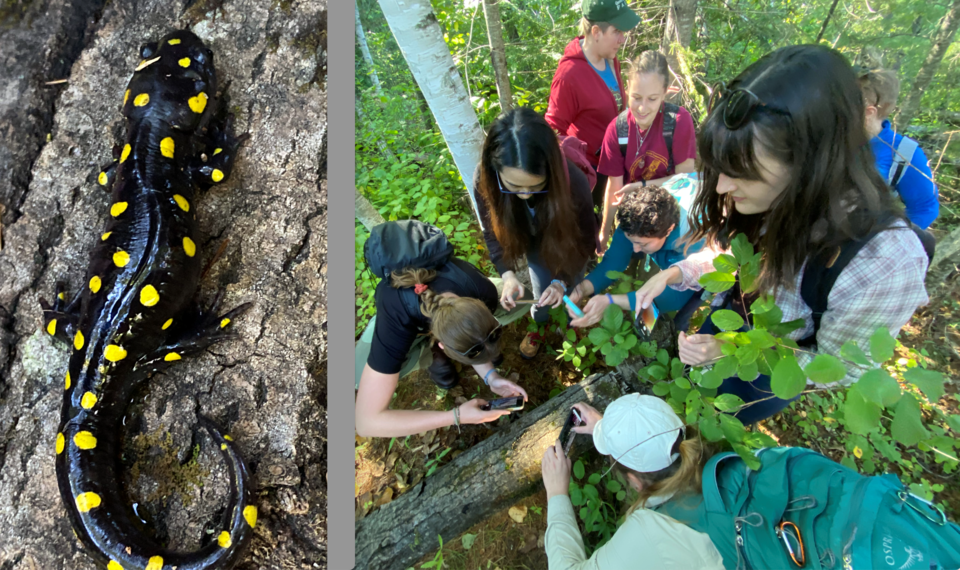I’m pretty sure I can’t count the number of Zoom, Teams or other VOIP 2.0 hook-ups I’ve sat through over the past 2.5 years, but that number would easily have three digits. There was surprising diversity to these online tête-a-tête, from family get-togethers to digital dinners with friends, to meetings with prospective clients, to regular gatherings of the various boards and projects I sit on. And there were also plenty of events in which I was but an interested observer—symposia, webinars and conferences. So many conferences.
Like most things, the “sudden” ability to conduct life remotely came with both good and bad sides. On the good, it was surprisingly easy to attend things related to research I was conducting for a story, where before, such events wouldn’t even be on my radar because they were taking place in-person somewhere like Sarawak or Geneva. Normally I’d have to wait for the information presented at these proceedings to be summarized, condensed and distributed. That might have carried me far beyond deadline so I wouldn’t have bothered, opting instead for lengthy phone interviews. But with the virtual conference option, I can now get information live from a range of relevant people meeting together, pre-condensed by their presentation format.
On the bad side, virtual conferences aren’t fun in any way I can decipher, and you can’t actually network well despite weird “wine and cheese” side meet-up “rooms.” Also, the one conference I most looked forward to each year wasn’t just a research opportunity, but a chance to present my own work in a room filled with friends and colleagues, with its attendant camaraderie, abundant laughs, excellent science and a field trip to boot. Having muddled through two years of its virtual version, waving at people onscreen and surreptitiously sipping beer while listening to presentations, I was thrilled that this year’s annual meeting of the Canadian Herpetological Society (those would be scientists who work with reptiles and amphibians) took place in a hybrid live/virtual format in Fredericton,
N.B.
The tech for such events is tricky, involving trying to bring the room vibe—as well as a presenter and their often complex visuals—to folks online, while also integrating the online audience in the live proceedings. But it worked, and I’d say this type of thing—whose global reach instantly increases the audience (and revenue) for literally anything—is here to stay (e.g., Whistler Writers Festival).
This being my last year on the CHS board and starved for in-person nerdy scientific discourse, I jumped at the opportunity to attend, and was glad I did. The bonne temps started with how sincerely people who hadn’t seen each other for years hugged—even those I’d previously known as non-huggers. The “so happy to see you” vibe ran through both scientific and social sessions—especially when you connected with someone whom you knew had gone through some shit over the past few years.
As great as it was to catch up, mind you, it was just as good to hear about the research folks were up to in the ponds, swamps, fields and forests of this vast land. Things like: how we know how to mitigate the carnage of reptiles crossing roads, but there’s a gap in knowledge when it comes to train tracks; how turtle nestlings talk to each other while in their eggs, coordinating the time that they will dig themselves out; in B.C., how rattlesnakes migrate to and from their dens in the Interior, and how new hormone and husbandry technologies are helping the fraught reintroductions of endangered species like Oregon spotted and northern leopard frogs; about how there’s an estimated 10 to 15 million multi-cellular organisms out there, of which ~1.5 million are known but fully a quarter of these are currently threatened with extinction; and how some 15,000 species (mostly microbes), now have completed or partly sequenced genomes, something the Canada BioGenome Project hopes to build on by prioritizing a list of endangered reptiles and amphibians for sequencing to aid in conservation, management or just creating a gene bank to hedge against extinction.
Best of all was the field trip—a chance for easterners to show their field chops and westerners to see species they’ll never encounter during their own work. We piled on a bus like kids on a school outing, and headed out. Our first stop was Hyla Park—Canada’s first (maybe only) park dedicated to amphibians (Hyla being the generic name for the tetraploid gray treefrog, an isolated population of which exists here). At the park, well-meaning ranger hosts explained to the group of almost 50 what species might be found, not knowing they were talking to the most concentrated and talented group of critter-hunters in the land and that those species would be found—sometimes in seconds. As the herpetologists scoured the park, they turned up literally everything that lived there save for the aforementioned treefrog: Painted turtles; Maritime garter snakes and red-bellied snakes; yellow-spotted, blue-spotted and red-backed salamanders; American toads, northern green, northern leopard and bull frogs—plus a chronologically challenged spring peeper calling in the background. Photos were taken and animals tucked back into their logs, rockpiles and water. The rangers couldn’t believe it—many had never actually seen some of these species—and the herpers beamed with pride.
Yes, meeting apps are a great tool for modern life, but when it comes to live-action show-and-tell, nothing beats being there.




